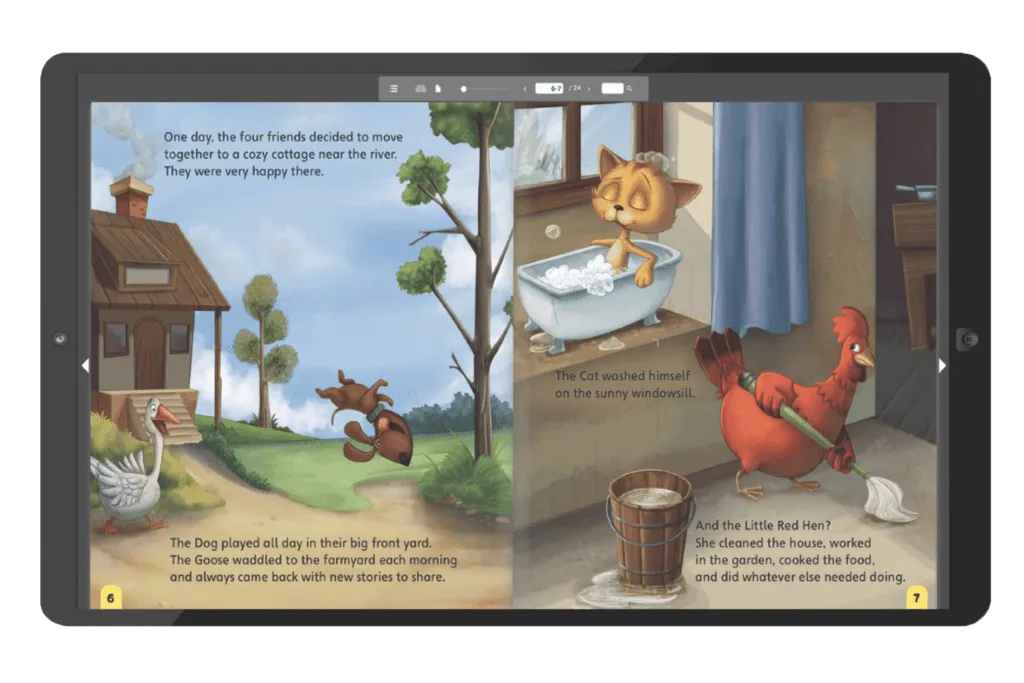Five Tips for Effective Read-Alouds in Any Classroom


I have fond memories of being in the classroom during my early childhood years, and one of my favorite memories was read-aloud time. I vividly remember several of my teachers carving out time during the day to read books to my classmates and me. I enjoyed sitting at my desk, resting my chin on my hand, and letting my imagination take me away on a fun adventure as my teacher read with excitement, using funny voices that represented different characters and asking us questions along the way.
I also remember library time, when my entire class would visit the school library once a week. At the beginning of each library visit, our school librarian would sit us in her cozy reading area and read a book. My favorite book to this date that she would read is “Cloudy With a Chance of Meatballs” by Judi Barrett. Being exposed to different types of books and surrounded by teachers and other adults who enjoyed reading helped me develop a love of literacy that I still have today.
I was honored to read “Crazy Pizza Day” as part of our recorded Teaching Strategies Read-Aloud series this past summer. I mean, what could be better than reading about pizza while providing our viewers with an opportunity to enjoy a book from our amazing book collection? In addition, this book has several characteristics that contribute to a good read-aloud:
- the topic is likely one of interest to children,
- the subject relates to children’s experiences,
- the story and illustrations are relevant to children’s families, and
- new information and ideas are presented through the text and pictures.
I recorded this reading twice, creating a teachable moment for how to deliver an effective read-aloud that will help build children’s knowledge and skills and promote literacy as a source of enjoyment. Let’s take a quick look at snippets from both recordings and reflect on the strategies used.
In the first video, I demonstrated a few strategies that are important when reading to children. I consistently held the book to one side so viewers could see the pictures, and I paused at the end of sentences. However, in the second video, I was extremely intentional in demonstrating a variety of ways to make a read-aloud fun and effective, such as by
- using my voice and facial expressions to make the characters and their experiences come alive;
- defining words to help children understand their meanings;
- stopping to talk about the pictures, what might happen next, and what characters might be thinking or feeling;
- discussing interesting words and asking what the children thought they meant; and
- finally, after the reading, asking children to share their favorite part of the story.
Incorporating these strategies changed the whole experience for those watching and, if I were in the classroom, it would have changed the entire experience for the children. Reading aloud well is not a skill that comes easily for all teachers, and that’s totally fine. The great thing is that this skill can be developed over time by incorporating the strategies above. While there are many activities that contribute to children’s literacy development, there is none more powerful than the read-aloud.
Watch my full, example read-aloud below.

Explore More Books
Our Digital Children’s Library, available with The Creative Curriculum Cloud, has nearly 200 books that children and families can read together or listen to through a narration.